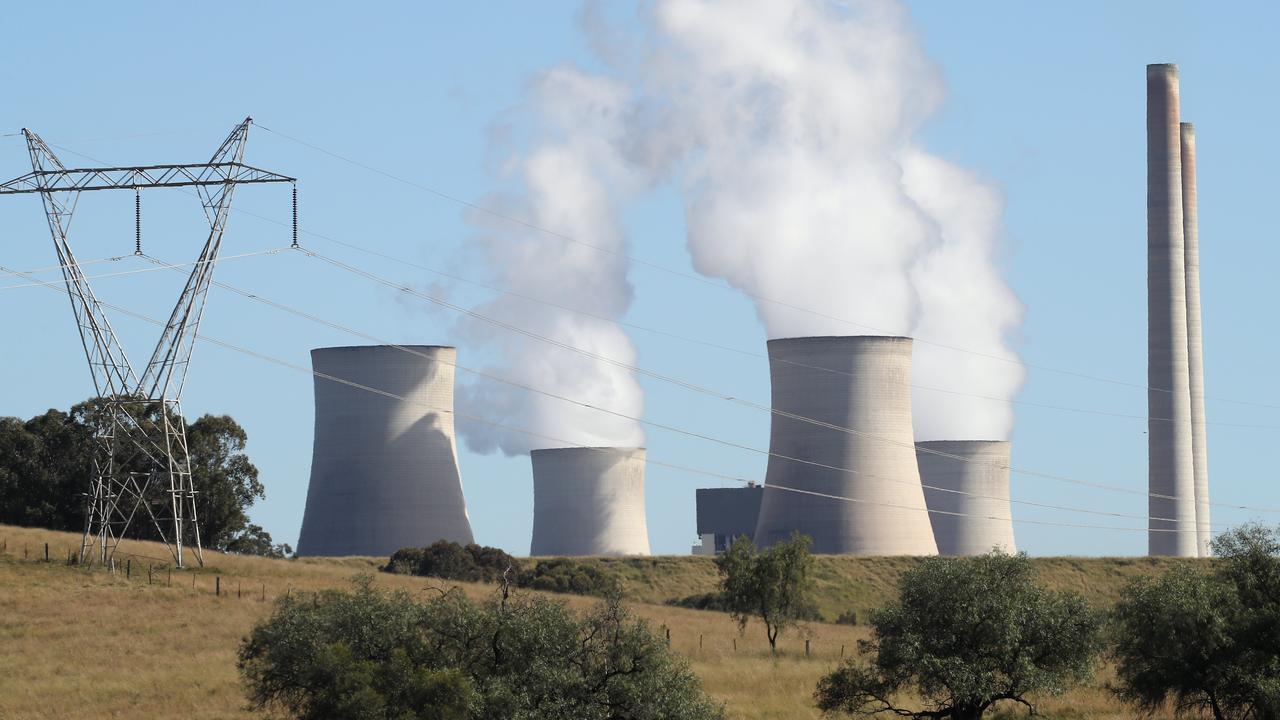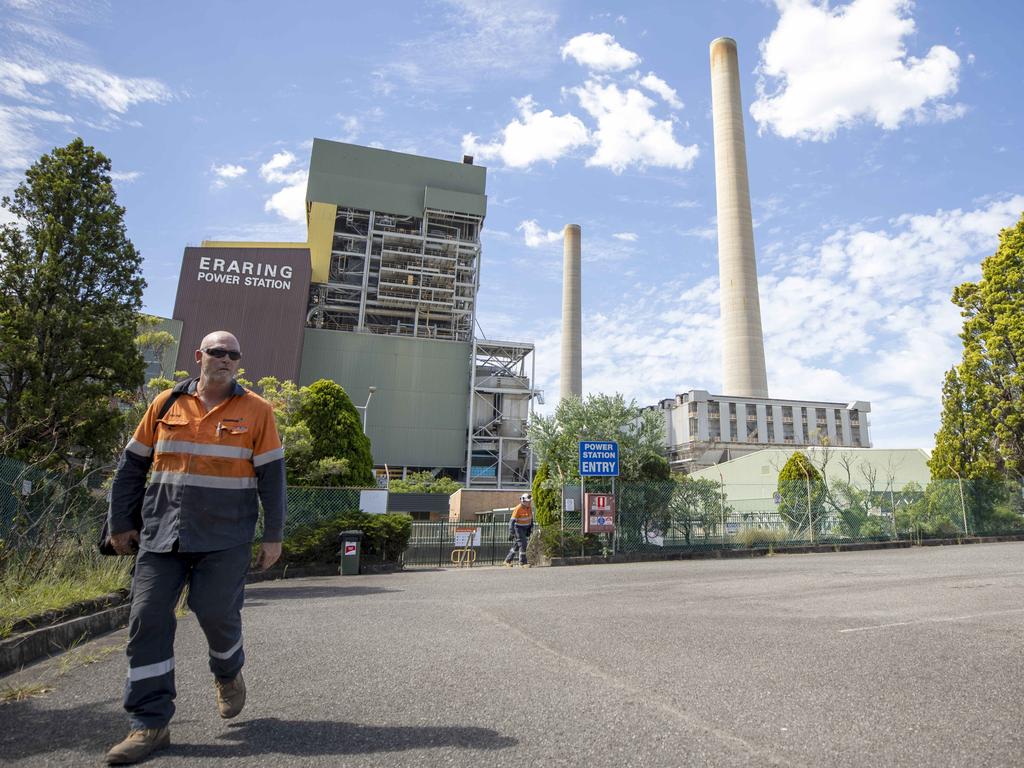AGL Energy, Snowy Hydro question power grid plan devised by AEMO
Two of Australia’s biggest electricity players are worried a blueprint for the electricity grid sidelines coal generation and an urgent need for new transmission infrastructure.

AGL Energy and Snowy Hydro have questioned a blueprint for the electricity grid, arguing the assumptions used to model fast coal plant retirements and critical transmission projects may result in higher costs, project delays and an increased risk of blackouts.
A plan released in December by the Australian Energy Market Operator found coal was set to be removed from Australia’s electricity system up to a decade earlier than planned, exiting three times faster than expected, with a ninefold increase in wind and solar capacity needed by 2050 to meet net zero targets.
Both of the power giants have raised issues with the methodology used for AEMO’s draft integrated system plan. AGL said the favoured “step-change” scenario based its coal retirement assumptions on meeting long-term carbon constraints, which did not currently exist, rather than actual market conditions such as generator revenues.
While “policies and other drivers to support the energy transition will strengthen in the future, the existing structure of the energy market and policies in the sector do not currently support the rapid closure of assets and rapid build-out of sub-economic transmission and new generation projects,” AGL’s head of policy and market regulation, Elizabeth Molyneux, said in a submission into the inputs and assumptions AEMO used for its integrated system plan. “We do not agree with assigning relatively strong weightings to planning scenarios that present sub-economic outcomes in the short-term without a clear policy direction from the government to that effect.”
Coal, which provides up to 70 per cent of current electricity capacity, could be entirely removed as early as 2040 under AEMO’s plan. The Australian Energy Regulator reviewed the draft plan and said while most of AEMO’s inputs and assumptions were adequate, the assumptions underpinning several aspects such as coal plant retirements and transmission projects needed a more thorough explanation.

While the grid operator’s views remain contested by some in the industry, recent decisions by major players such as Origin Energy – due to close Australia’s biggest coal plant seven years early – add support to its outlook, along with market conditions. Black coal generation fell to its lowest quarterly level at the end of 2021 since the national electricity market was created in 1998.
AEMO noted that revenue modelling was not a significant driver for generator closure timings and said growth in large-scale renewables along with rooftop solar and batteries had piled pressure on the market share of incumbent coal generators, noting Origin’s decision on Eraring.
AGL is nearing a major shareholder vote in June on a controversial plan to split the company in two, just months after the company rejected two takeover bids from the Mike Cannon-Brookes and Brookfield consortium, saying shareholders would get more value from the demerger.
The 180-year-old power giant has also announced a plan to close the doors of the Bayswater coal plant in NSW’s Hunter Valley up to five years early by 2030, while Victoria’s Loy Yang A facility faces the axe from 2040 until its expected retirement in 2048.
Snowy Hydro has also doubled down on an earlier attack over AEMO’s plan, warning a failure to prioritise crucial investment in new electricity transmission could trigger higher power prices, blackouts and dangerous system instability.
AEMO has recommended a set of decision rules which ensure that a transmission project can be delivered when it is needed, with an “additional checkpoint” before construction to provide more certainty on costs and consumer confidence in the investment.
However, Snowy said the revised approach was effectively a penalty against the company and criticised the potential for new dispatchable capacity to defer a project like VNI West.
“AEMO understandably wants to minimise the cost of network upgrades but the costs of imposing decision rules on actionable projects such as HumeLink and VNI West will outweigh the benefits.
“These costs include investment uncertainty, project delays, higher construction costs and increased risk of blackouts,” Snowy said in its submission.
“AEMO’s treatment of Snowy 2.0 sends all the wrong investment signals. AEMO is effectively treating Snowy 2.0 as a sunk cost, degrading its economic feasibility in order to improve the economics of new, as-yet uncommitted dispatchable plant.
“That is both cynical and amounts to free-riding on Snowy Hydro’s decision to take the plunge and invest in Snowy 2.0. Such an approach does not augur well for investment in the national electricity market.”
Snowy, owned by the federal government, is worried about delays in ensuring new transmission links have been built to carry power from its Snowy 2.0 expansion, which will boost its existing 4100 megawatt capacity by an extra 50 per cent or 2000MW.
That includes TransGrid’s proposed Hume Link to southern NSW, set to open in 2026, and the southern transmission link to Melbourne, called VNI West, later this decade.
AEMO has said transmission projects will add $29bn in value while allowing renewables to be spread across the grid, with the Victoria NSW Interconnector and HumeLink projects both seen as critical to guard consumers against the risk of faster-than-expected coal retirements.
The final version of AEMO’s integrated system plan for 2022 is due by June 30.
Originally published as AGL Energy, Snowy Hydro question power grid plan devised by AEMO





